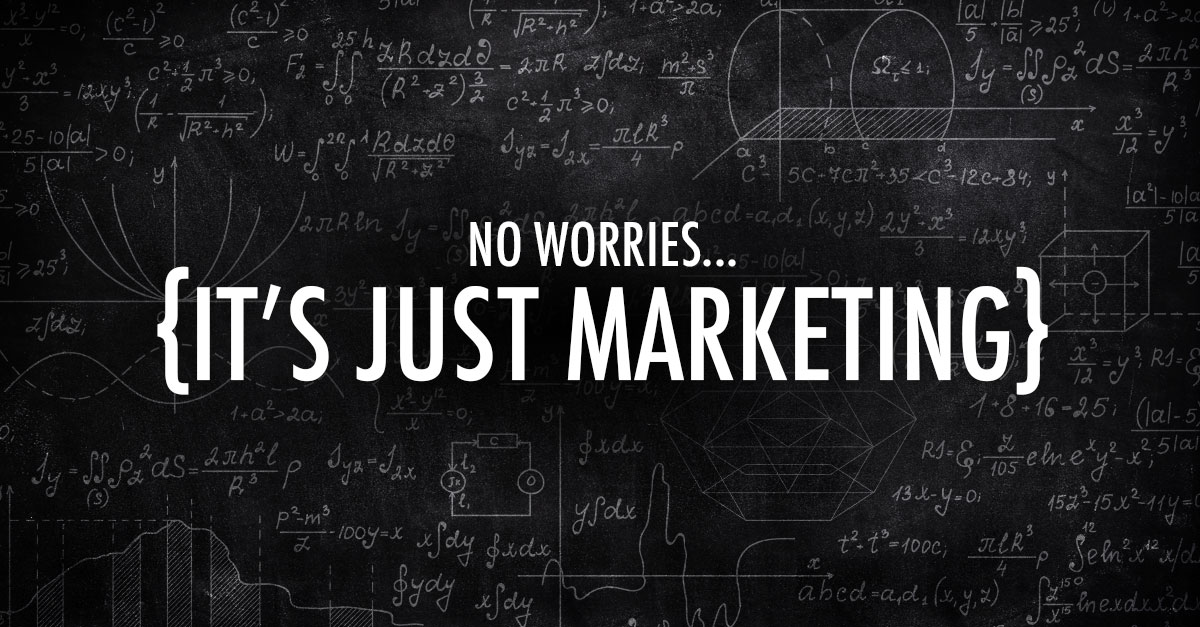Performance marketing is a vague term that more or less describes campaigns that have a specific performance component. Some debate if CPM campaigns are performance marketing and others are concerned about advertisers pricing their goods higher than if they were to promote them in other ways. Every legitimate concept needs a definition, let’s start with the IAB’s definition.
According to the IAB, a performance marketing campaign must have three attributes:
- the campaign’s goal is to drive the action instead of awareness
- cause and effect is clear
- the buyer is able to optimize their buy-in as close to real-time as possible.
So is CPM in or out?
With traditional channels like television and radio, it is nearly impossible to attribute a buying decision to an impression. That changes online because buyers can be tracked from when an impression is served to the point an action is completed.
Supporters argue that, even if there were a lag between the impression and action, we can assume that the action resulted from the impression…the keyword being assume.
The question is, “Can cause and effect be clearly measured in CPM campaigns?” Strictly interpreted, the answer is probably no, unless the impression and action coincide immediately or the chain is clean, i.e. no other campaign was seen between.
Verdict: Depends on whom you’re talking with
CPC campaigns, when performance marketing really started
CPC campaigns are to performance marketing what Ford’s Model Ts are to automobiles. They lack the specificity of the latest generation of performance marketing campaigns, but there’s no room for doubt that the goal of Cost Per Click campaigns is to drive action.
Cause and effect is clear: regardless of when the purchase is made after the click, the fact that a purchase took place after the click is direct evidence that the user interacted with the ad. Advertisers don’t need to make the additional assumptions that they would with CPM campaigns.
Verdict: Yes, it’s the great grandfather of performance marketing
The new kids on the block, CPL and CPA campaigns
Cost Per Lead and Cost Per Action campaigns are the latest iterations of online performance marketing. Their goal is to drive action, and thee actions are closer to the advertiser’s interpretation of a conversion, e.g. lead info, sale(CPS), install(CPI), download(CPD), etc.
But, aren’t CPL campaigns just CPA campaigns? No. CPL and CPA campaigns are to marketing what dating and marriage are to relationships.
With CPL campaigns, the lead is interested and is willing to see where things take them. The advertiser has the green light to nurture the lead towards a commitment. With CPA campaigns, the lead is ready to commit now and takes decisive action.
Verdict: Of course
At the end of the day, it’s about the bottom-line
Now that we know how to identify performance marketing campaigns, let’s look at what we’ll call bottom-line attributes. Ultimately, categorization is academic; what matters to publishers and advertisers is that they are in the black (see accounting terms):
- These campaigns favor advertisers because of their payout structures
- This is balanced by higher payouts than CPM and the first-generation CPC
Performance marketing campaigns tend to have longer shelf-lives than CPM and CPC campaigns because the conversions that they are after represent a true commitment, i.e. an impression or click represent a step toward conversion.
Therefore, publishers need to be even more certain that they work with ad networks who can provide relevant ads for their traffic because these ads especially need to be placed in the prime real estate above the fold.
The payout structures protect advertisers from bot traffic and ensure legitimate conversions, but the higher costs impact the campaign’s reach. It is imperative that the advertiser’s goals are explicit so that the budget is appropriately allocated to ensure maximum reach and engagement.
Final Verdict: It’s all marketing, just more efficient.



Join the conversation
0 comments
Submit a comment
Your email address will not be published. Required fields are marked *